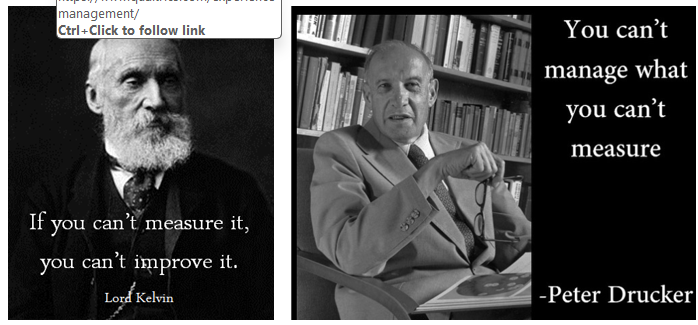Qualtrics defines XM (Experience Management) as "a holistic approach to listening to the voice of customers, employees, and other stakeholders and using the knowledge, understanding and insights to design and improve the experiences you deliver. It’s used by organizations to launch new experiences based on powerful market research to uncover unmet customer and employee needs, and then to continually optimize those experiences as their market and their stakeholders’ needs change".*
Although Lord Kelvin and Peter Drucker’s quotes may be a bit tongue in cheek, they do make one wonder how XM is actually managed. And when done well, how does one show a holistic promise being delivered on? Translating a qualitative experience into a quantitative measure is of course a challenge. Or is it?










